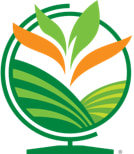Monticello's Gardener talks TJ, Peas, & School Gardens
Teachers! Volunteers! Parents! Read & get inspired about history and agriculture! Article includes links to free elementary school lesson plans, book recommendations, Thomas Jefferson recipes and more!
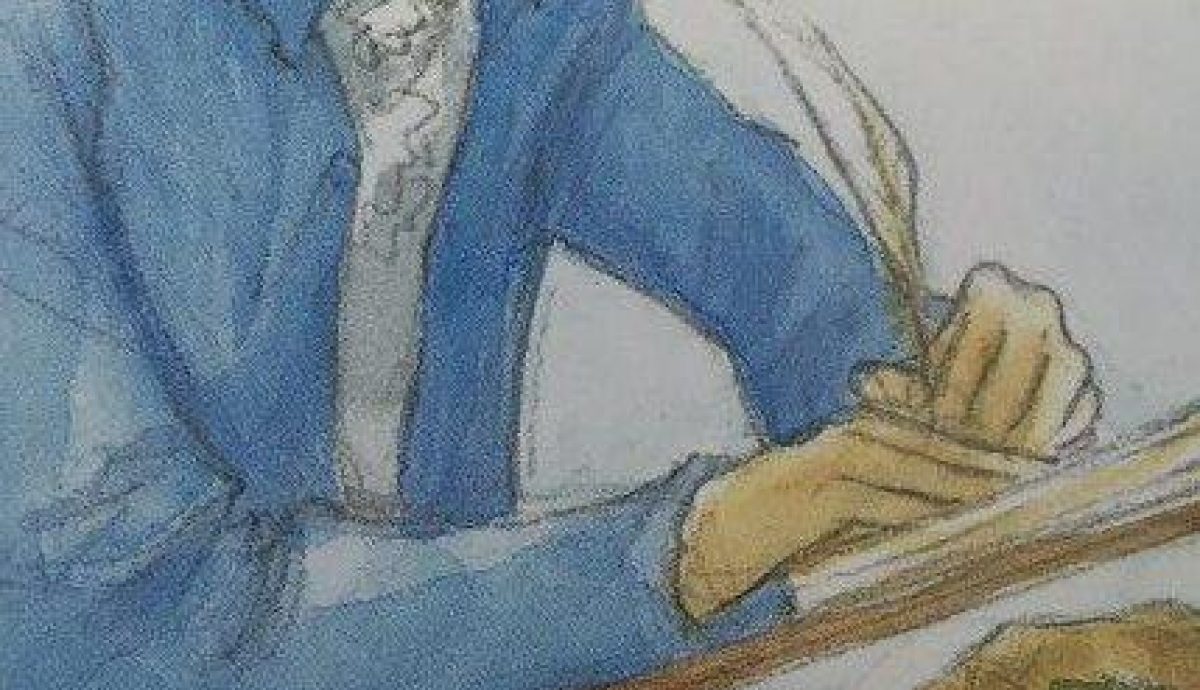
Article by: Eleanor Gould, Monticello's Curator of Gardens
The Monticello community is delighted to hear of the selection of Susan Grigsby’s “First Peas to the Table” by The American Farm Bureau Foundation for the Book of the Year award 2016. This beautifully illustrated book explores Thomas Jefferson’s horticultural passion while empowering kids to learn about the many lessons and delights of gardening. Jefferson’s fascination with nature was limitless, as illustrated when he wrote to his daughter Martha that “there is not a sprig of grass that shoots uninteresting to me.”


(Pictured above: Early spring peas sprouting (left) and beginning to climb peach-tree cuttings from the orchard at Monticello. © Thomas Jefferson Foundation at Monticello, photo by Robert Llewellyn)
Peter Hatch, Director Emeritus of the Gardens and Grounds at Monticello enlightens us to what he likes to call Thomas Jefferson’s “puppy love for peas” in A Rich Spot of Earth: Thomas Jefferson’s Revolutionary Garden at Monticello:
“The English or Garden pea (Pisum sativum) is easily considered Thomas Jefferson's favorite vegetable. The legacy of his renowned pea contests with neighbors, the generous amount of garden ground, squares I through V, devoted to this harbinger of spring, and the sheer quantity of pea plantings at Monticello, more than 130, and recorded harvest dates, more than eighty, were signs of favoritism unprecedented among any other garden species. Peas are a joy to grow, easily sprouted in cool earth, the vines abundant, the bluish green leaves translucently pure, the plants simply cultivated by either a casual or novice gardener.”
Jefferson cultivated an abundant variety of peas in the Monticello vegetable garden, including fifteen varieties of English peas. Among them were Marrowfat, Hotspur, Blue Prussian and Early Frame peas. Today we grow and sell many of the same varieties that Jefferson treasured. His Leadman’s dwarf pea is now sold as the Dwarf Sugar Pea, which is an edible podded pea. He also grew the Early Frame Pea, which is also known as the Prince Albert Pea. Monticello vegetable gardener, Pat Brodowski also recommends the Tom Thumb Pea (TJ called it the “Cluster Pea”) because it is compact, grows in 55 days and would be perfect for cultivating during the school semester.

("The greatest service which can be rendered any country is to add an useful plant to its culture.” Thomas Jefferson, ca.1800, © Thomas Jefferson Foundation at Monticello, photo by Robert Llewellyn)
We frequently talk about Jefferson’s pea contests with visitors to Monticello just as Jefferson connected with his community through gardening. The interest has taken root in our local Charlottesville City Schoolyard Gardens for several years, with six schools taking part in a friendly “pea contest,” and the winning schoolyard garden receives an engraved Jefferson Cup, which is displayed in their trophy case. At the end of the school year, researchers asked students what they learned in the garden.
A first grader from Johnson Elementary exclaimed, "We learned how to put fish in the soil to feed our peas!" CSG Garden Educator, Rick Harden had worked with the first grade class to set up three different growing methods to test which would produce the first bountiful pea harvest. This type of comprehensive learning can have deep impact on students. It follows the plant from seed to harvest to eating! It explores academically the scientific method, observation, measurement, and other core learning concepts while engaging the student physically, mentally, and emotionally. The CSG has shared their online lesson plan, which is reminiscent of Jefferson’s enthusiasm for sharing seeds and plants from his garden with people around the world. Here’s a news clip about the winning school from 2014.
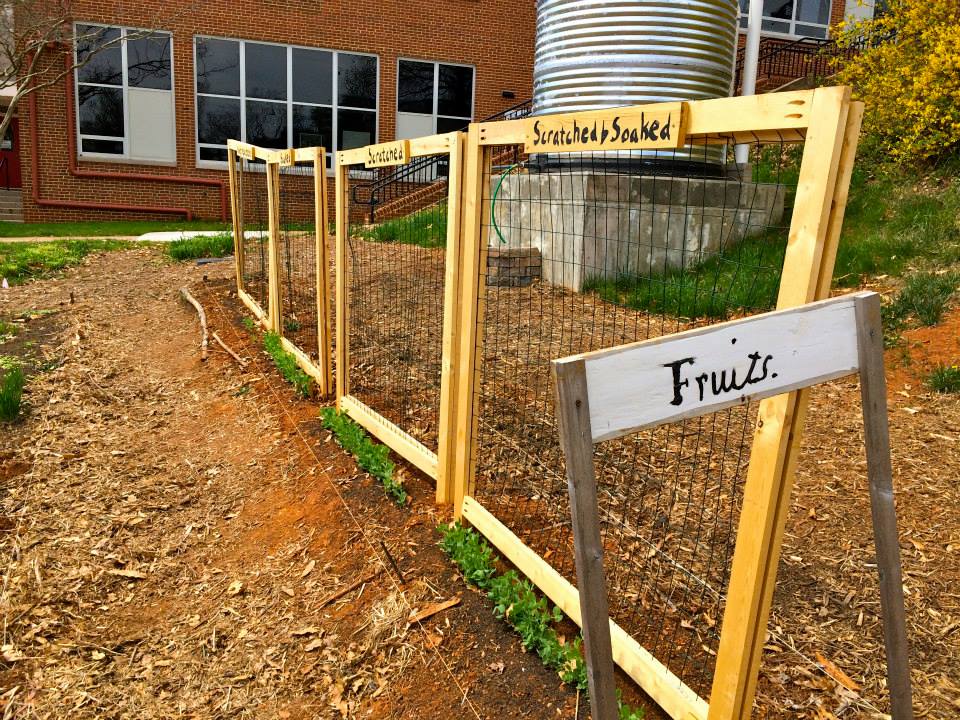
(Picture from City Schoolyard Garden)
Follow Maya’s lead and find helpful tips and information about Jefferson and his beloved peas in his Garden Book, which is online and free to the public. Monticello researchers also often use Founders Online, which has digitized almost 20,000 of Jefferson’s letters. A quick search for the word “pea” reveals over eighty letters that mention this treasured vegetable.
One letter was written by Jefferson to his daughter Mary from Philadelphia, where he begs her to tell him what is growing during springtime at Monticello:
“Tell me when you shall have peas &c. up, when every thing comes to table, when you shall have the first chickens hatched, when every kind of tree blossoms, or puts forth leaves, when each kind of flower blooms.” (TJ to Mary Jefferson, 9 March 1791)
Jefferson even ordered “Pea green” colored wallpaper for Monticello from France… talk about an obsession!

(Pictured above: The Blue Podded Capucijner pea, © Thomas Jefferson Foundation at Monticello, photo by Pat Brodowski and a Tom Thumb Pea package from the Thomas Jefferson Center for Historic Plants.)
Alice Waters, local food pioneer, author, chef, and founder of the Edible Schoolyard movement loves to share the stories of Thomas Jefferson and his gardens. She visited Monticello and praised the importance of Jefferson’s garden and what it means to our nation’s history and future:
“Tending the soil, planting, and growing food in this way has had a long and important history in this country. If we let ourselves, we can easily return to this tradition. And what a revolutionary idea: That we can preserve the land by nurturing the vital link between taste, cooking, and gardening! It can be as simple as putting a seed in the ground and watching it grow.”
We are thrilled at the prospect of friendly pea contests springing up in school gardens across the nation, thanks to encouragement and support from the American Farm Bureau. We hope that with the help of these pea contests there will be more excitement around planting fruits and vegetables in schoolyards across the country. Remember to “be bold and experiment!” as Ms. Garcia says!

Links of Interest:
Monticello offers a number of heirloom seeds in Monticello’s Shop online, including several of Jefferson’s favorites, as well as some grown, harvested, and cleaned from the gardens at Monticello.
Here’s a delicious Jefferson-era recipe for peas with butter and mint by Culinary Historian, Dr. Leni Sorensen.
Images on www.classroom.monticello.org related to Agriculture and Farming
Lesson plans on www.classroom.monticello.org related to Agriculture and Farming
Counting peas clip from the animation in To Try All Things
The Edible Schoolyard link to “Planting a Jeffersonian Garden”
Other Resources:
‘A Rich Spot of Earth’: Thomas Jefferson’s Revolutionary Garden at Monticello, by Peter J. Hatch
The Virginia Housewife, by Mary Randolph (a relative of Thomas Jefferson) is free and searchable online
Thomas Jefferson’s Garden Book, edited by Edwin Betts
Dining at Monticello, edited by Damon Lee Fowler
Thomas Jefferson: Life, Liberty and the Pursuit of Everything, by Maira Kalman
Thomas Jefferson Grows a Nation, by Peggy Thomas (Highly recommended by Ag Foundation & Illinois Ag in the Classroom who has a lesson plan for it)
Plan your own school garden! Get started now! School Garden Ag Mag!
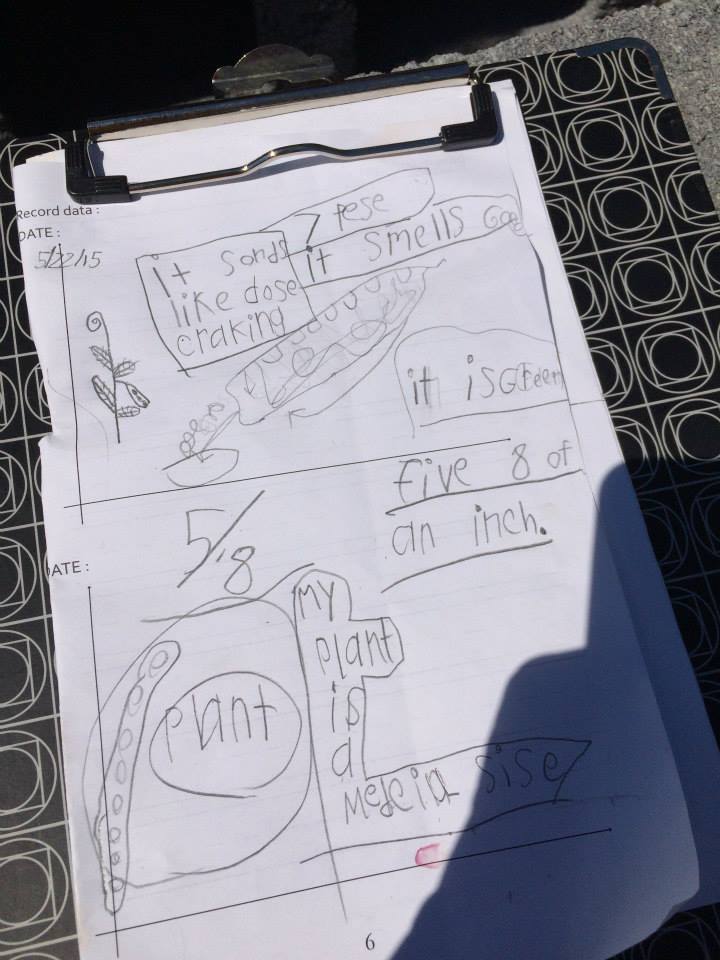
(Picture from City Schoolyard Garden)

